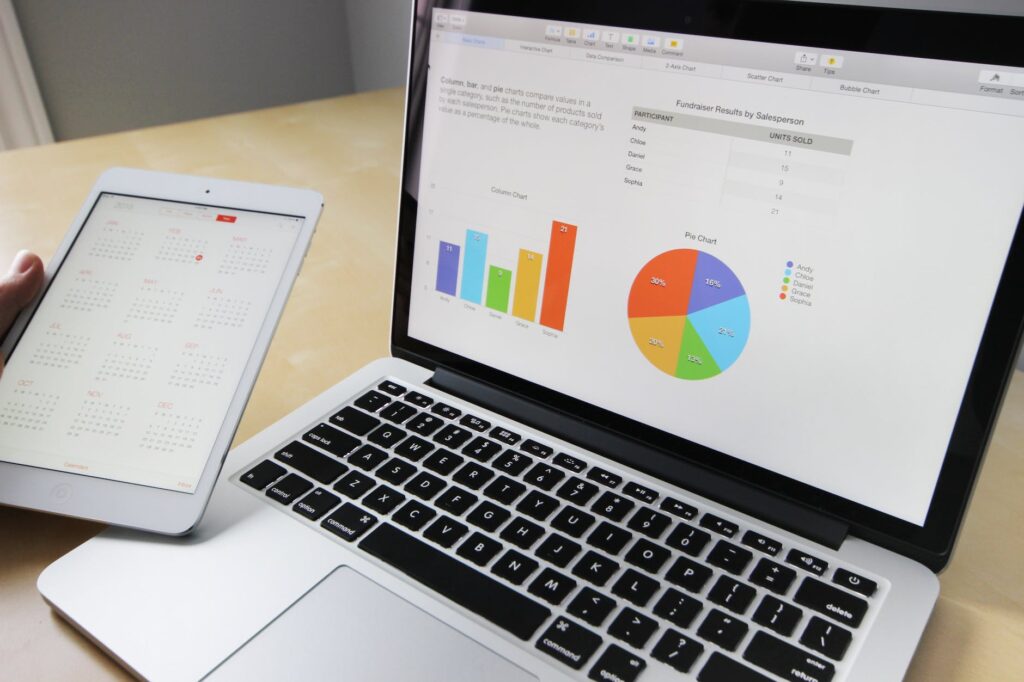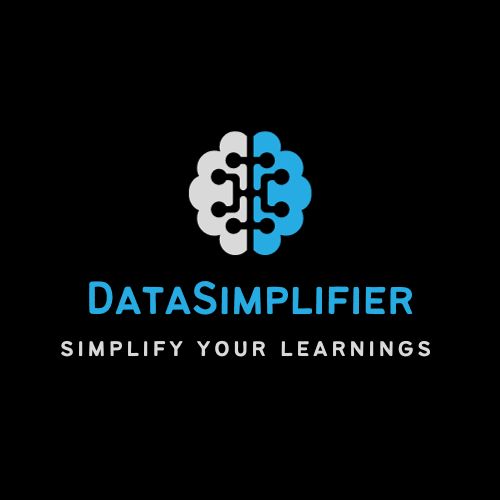If you are preparing for data analyst job interview and searching for best 20 pandas interview questions, then you are at the perfect place.

Securing a role as an entry-level data analyst is an exciting prospect, and mastering the Pandas library is essential for success in this field. Pandas, a powerful data manipulation and analysis library for Python, is widely used in the data science community. To help aspiring data analysts prepare for their interviews, we have compiled a list of the best 20 Pandas interview questions that are frequently asked in entry-level positions.
Essential Pandas Concepts
Pandas is an amazing library with a range of fundamental tools for proficient data manipulation and analysis in Python.
At the core are two primary data structures, Series and DataFrame, facilitating one-dimensional and two-dimensional data representation, respectively.
Indexing and selecting data using loc[] and iloc[] enable precise data extraction. Functions like dropna() and fillna() empower effective data cleaning, while apply() and groupby() support versatile data transformation.
Merging and joining data, reshaping with melt() and pivot(), handling time series data, and working with categorical variables demonstrate Pandas’ adaptability. I/O functions like read_csv() and to_csv() facilitate seamless data import and export.
Statistical and mathematical functions, method chaining, multi-indexing, duplicate handling, and exploratory data analysis tools round out the essential Pandas toolkit. Proficiency in these concepts equips data analysts with the skills needed for robust data manipulation and insightful analysis.
Alright! if you are good with these concepts, now, let’s explore Best 20 Pandas Interview Questions.
Best 20 Pandas Interview Questions with Answers
- What is Pandas, and why is it a crucial tool in the realm of data analysis?
Pandas is a useful Python library for data manipulation and analysis. It’s used for handling and analyzing structured data, providing data structures like DataFrame for efficient data representation and manipulation.
- Explain the various data structures available in Pandas and their roles in data manipulation.
Data structures in Pandas include Series (1D labeled array) and DataFrame (2D table with labeled axes).
- Highlight the significant features that make Pandas a preferred choice for data analysts.
Significant features of Pandas include data alignment, missing data handling, reshaping and pivoting, label-based slicing and indexing, and merging and joining datasets.
- How does Pandas handle time series data? Explain its applications in time-based analysis.
Time series in Pandas involves handling and analyzing time-ordered data, utilizing the Timestamp and DatetimeIndex objects. The datetime module is used to create a DatetimeIndex in Pandas, enabling easy manipulation of time-based data. This is crucial for tasks such as trend analysis and forecasting.
- Explain the concept of reindexing in Pandas, elucidating its purpose and the parameters involved.
Reindexing is the process of conforming the data to a new index. The reindex() method in Pandas allows for this. Key parameters include: Index , Method & Fill_value
Index: The new index to conform to.
Method: Specifies a filling method for missing values.
Fill_value: Fills missing values with a specified constant.
- Explore the core of Pandas with a focus on DataFrames and their pivotal role in structuring data for analysis.
A DataFrame is a two-dimensional, labeled data structure with columns that can be of different types. It is similar to a spreadsheet or SQL table and is the primary data structure for data analysis in Pandas.
- Explain the concept of MultiIndexing in Pandas & its significance in hierarchical data representation.
MultiIndexing, or hierarchical indexing, allows you to have multiple index levels on an axis. This is useful for representing higher-dimensional data in a DataFrame, enabling more complex data structures.
- Explain the Series operation and its importance in data manipulation tasks.
Operations on Pandas Series include arithmetic operations, broadcasting, and various mathematical functions. Series can be manipulated to perform element-wise operations or aggregate functions across the entire series.
- Explain the diverse methods of creating DataFrames in Pandas.
DataFrames can be created in various ways:
From dictionaries: pd.DataFrame({'column1': [value1, value2], 'column2': [value3, value4]})
From lists of lists: pd.DataFrame([[value1, value2], [value3, value4]], columns=['column1', 'column2'])
From external files like CSV or Excel.
- How do you deal with Categorical Data in Pandas?
Categorical data in Pandas is a data type for the storage of values that have a fixed and finite set of possible values. It is useful for memory efficiency and can speed up certain operations.
- How do you Read Text Files with Pandas?
Reading text files with Pandas is accomplished using the read_csv() function, which is versatile enough to handle various text-based formats.
- Differentiate between the functionalities of iloc() and loc(), showcasing their distinct use cases in Pandas.
iloc[] is integer-location based indexing, used for selecting data by position. For instance, df.iloc[0, 1] selects the element in the first row and second column. On the other hand, loc[] is label-based indexing, used for selecting data by labels or a boolean array. For example, df.loc['row_label', 'column_label']. iloc[] deals with integer positions, while loc[] works with labels.
- Differentiate between join() and merge() functions in Pandas, understanding when to employ each.
Both join() and merge() functions are used for combining DataFrames, but there are differences. merge() is more versatile and powerful, allowing for more complex merging operations. It is generally preferred when combining DataFrames based on specific columns. join(), on the other hand, is a convenient method for combining DataFrames on their index. The choice between them depends on the specific requirements of the merging operation.
- How do you add a row/column to a Pandas DataFrame?
To add a row to a DataFrame, you can use the append() method.
For example:
new_row = pd.Series({'Column1': value1, 'Column2': value2})
df = df.append(new_row, ignore_index=True)
To add a column, you can simply assign values to a new or existing column:
df['NewColumn'] = [value1, value2, value3]
- What do you know about GroupBy function in Pandas?
The groupby() function in Pandas is used for splitting data into groups based on some criteria and then applying a function to each group independently. It is a powerful tool for aggregating and analyzing data. After grouping, various aggregation functions such as sum(), mean(), or custom functions can be applied to the groups.
- What is the use of the aggregate() function in Pandas?
The aggregate() function in Pandas is used to apply one or more aggregation operations to the data. It is often used in conjunction with the groupby() function.
For example:
df.groupby('Column').aggregate({'Column1': 'sum', 'Column2': 'mean'})
This calculates the sum of ‘Column1’ and the mean of ‘Column2’ for each group.
- What is the significance of statistical functions available in Pandas?
Pandas provides a range of statistical functions through which you can gain insights into your data. Some commonly used statistical functions include mean(), median(), std(), min(), max(), and describe().
These functions provide summary statistics, central tendency measures, and distribution characteristics, aiding in the exploration and understanding of the dataset.
- What is the purpose of the
value_counts()function?
value_counts() is used to count the occurrences of unique values in a Series, providing valuable insights into the distribution of data.
- How do you create a time series in Pandas?
Time series can be created using the date_range() function and specifying the frequency of the data.
- Explain the concept of method chaining in Pandas.
Method chaining involves combining multiple Pandas operations in a single line of code, enhancing code readability and conciseness.
These are 20 essential Pandas Interview Questions. Also please make sure to understand your resume and projects. Memories it as much as you can. Because interviewer might ask some questions based on projects you worked upon in addition to these pandas interview questions..
Conclusion:
Mastering Pandas is essential for any aspiring data analyst, and being well-versed in these pandas interview questions will undoubtedly boost your confidence during the hiring process. Remember to practice these concepts and be prepared to showcase your Pandas skills in a real-world context during interviews.
If you are struggling to get a job opportunity then you can refer this post to find Remote Data Analyst Job opportunities.
You can join these channels to find latest job opportunities: Jobs & Placement Opportuities & Data Analytics Jobs & Internships
In preparing for your data analyst role interview, a comprehensive understanding of these Pandas Interview Questions will undoubtedly set you on the path to success. Familiarize yourself with practical applications, and be ready to demonstrate your proficiency in handling real-world data scenarios. Good luck!
Hope it helps 🙂
Share the post with your friends

3 thoughts on “Best 20 Pandas Interview Questions with Answers in 2024”